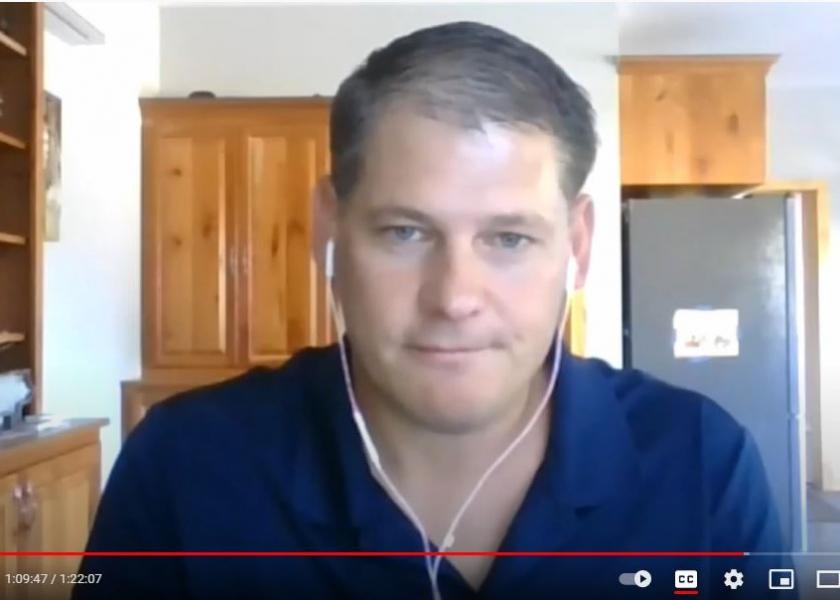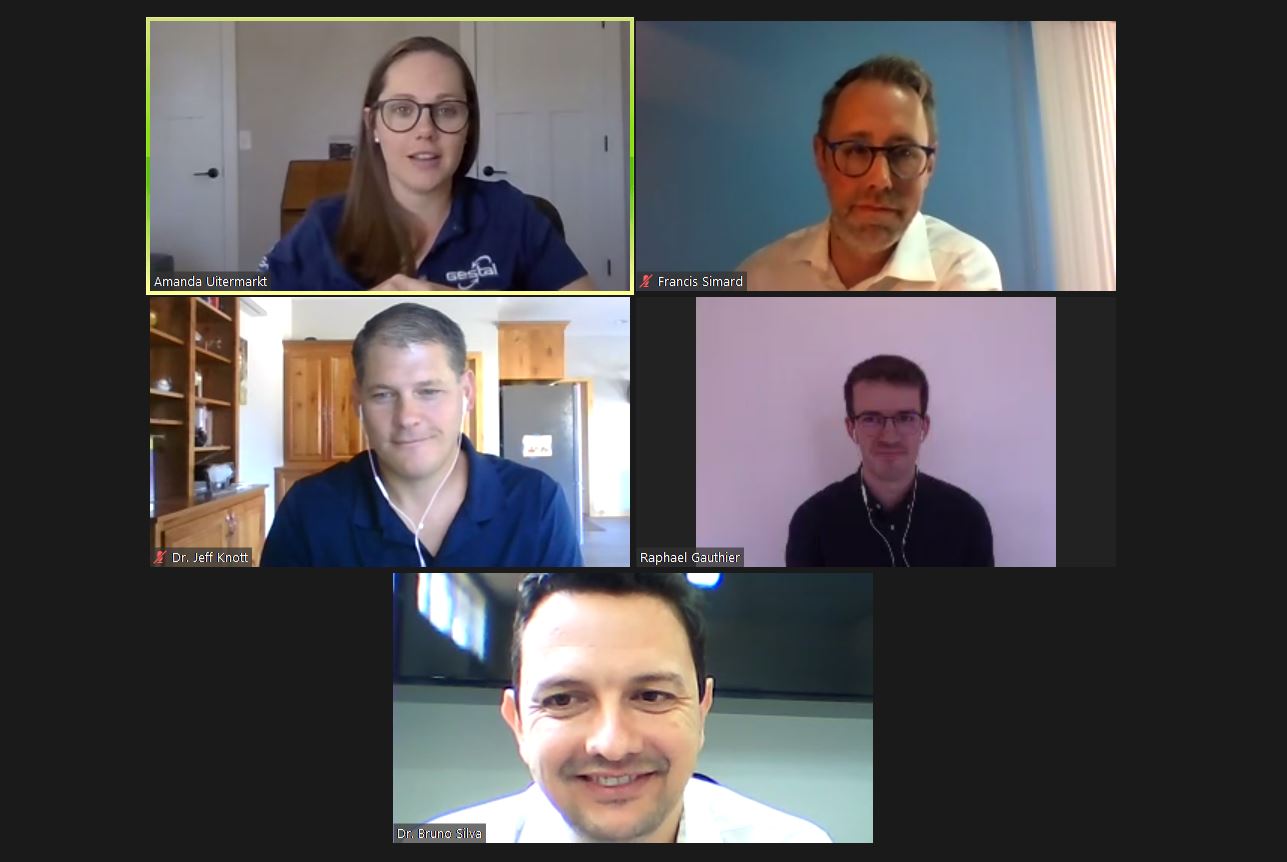Precision Feeding: What’s Best for the Sow?

Research shows what technology, and in particular precision feeding, can do to improve efficiency in a commercial swine farm setting.
But two things hold producers back from implementing precision feeding systems into their operations: cost and lack of knowledge and understanding of how to use the technology, said Bruno Silva, professor and researcher in nutrition and swine production and environmental adaptation at the Universidad Federal de Minais Gerais in Brazil, during the Gestal Swine Summit.
“At the end of the day, if you do your math correctly, it does pay off. I think it’s really something worth looking to invest in,” Silva said during a panel discussion.
Francis Simard, director of nutrition development at Trouw Nutrition Canada, believes the industry is getting close to being able to have cost-effective application of precision feeding on the farm.
Why Precision Feeding?
Jeff Knott, owner of IDEAL Animal Nutrition, said it’s important to understand the definition of precision feeding. He described it as meeting the daily nutritional requirements contained in the right feed provided at the right time, based on individual production, not population means.
“Precision feeding starts with having good estimates of nutrient requirements. If we underfeed, there are going to be dramatic decreases in production. But if we overfeed nutrients, we're also going to cost the producer a lot of money, and it also may have some negative effects on production as well,” Knott said.
He discussed the variation in the nutrient estimate requirements for sows and how companies and groups think differently on what those requirements should be during gestation and lactation.
This makes it challenging for producers to know what to do or who to believe.
Knott is excited about how precision feeding can impact management decisions like what and how much to feed sows. In the future, he believes a sow or gilt will be able to enter an electronic sow feeder and data will be generated, such as estimates of litter size, a real-time ultrasound, backfat calculated through digital calipers and more.
“I think it'd be really cool if all this information would flow back into a model that would estimate what a sow’s energy and amino acid requirements are based on her individual female data. Then, an individual feeding program could be tailored to her every day based on the data gathered,” Knott said.
In farrowing, he predicts thermal cameras stationed above rows of sows could be used to determine body temperatures and indicate sick sows that need treatment.
“I think we're all feeling a little bit of a labor crunch in farms today. We've got to get better at utilizing technology in order to help us make decisions on farms,” Knott said.
Raphaël Gauthier, a nutritionist with INRAE – National Research Institute for Agriculture, Food and the Environment in France, said data capture is becoming more regular on the farm. He’s optimistic that new techniques under development now will allow farmers to be able to better analyze the data coming in to make decisions to impact management practices.
(l to r, clockwise): Amanda Uitermarkt, Francis Simard, Raphaël Gauthier, Bruno Silva and Jeff Knott discuss the application of precision farming on sow farms during the Gestal Swine Summit.
Agronomists and Their Toys
Knott suggested it’s time to learn a few lessons from agronomists in how to apply technology on the farm.
“Development of satellite imaging has grown exponentially over the past few years – I call it agronomists and their toys. They can look at imaging data and use this data to help make a host of decisions,” Knott said.
Using hyperspectral and thermal infrared imaging, they are able to take data and then answer important questions like is there a disease in this field? Can we estimate yield? What's the maturity of this crop? What's the biomass and overall health of fields?
“I think we have a long way to go in the swine world in terms of learning from agronomy, and the dairy industry for that matter, in applying some of these things,” Knott said.
He believes we can do this with pigs, especially sows.
“We know not every sow is going to produce equally. We have sows that have a lower total born and that wean fewer pigs that are lighter weight compared to the girl in the crate next door,” he said. “And right now, we don't really treat these animals any differently. I think we should.”
A Challenge to the Industry
“We have a lot to learn, and we should really take some notes from the agronomy side to advance technology that we can utilize in sow farms,” Knott said. “Technology will help us apply resources where they're needed to high producing sows and withhold resources where they're not needed in lower producing sows that might not have the amino acids and energy requirements that the high-producing sows would have.”
To prepare for this reality, he encourages new sow farms to think carefully about implementing multiple feed lines to allow producers to feed by production level and parity.
“Don't skimp on feeding system bins and feed lines that are going into these new style farms,” he said.
It’s time to improve and make robust changes to the gestation and lactation models and reconcile the differences between the INRA report and NRC 2012 and what the genetic companies are recommending, Knott added.
“I think if we continue to improve our models and capture real time data into the future, then we can truly embrace precision feeding and do what's best for the sow and optimize economics on these farms as well,” he said.
Watch the webinar here. Learn more about the Summit.
More from Farm Journal's PORK:
How Good is Your Sows’ Water Source?
Calcium Digestibility Varies During Gestation








